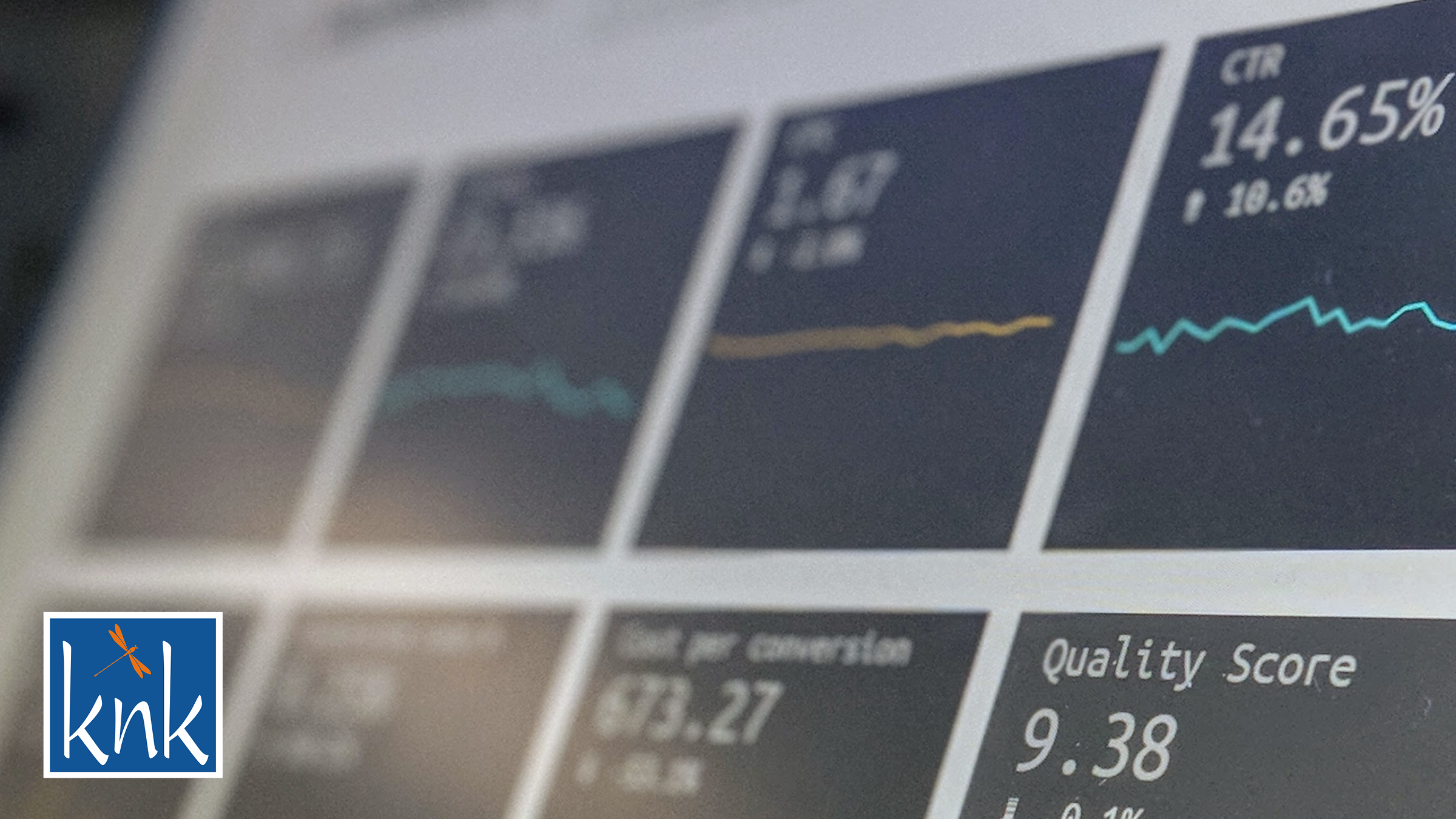Get Your KPIs in Order: What Gets Measured Gets Managed
Almost one hundred years ago, the first KPI (Key Performance Indicator) was inadvertently created when a group of industrial engineers at the Hawthorne Works of Western Electric in Cicero, Illinois conducted a study of the lighting for workers on the electrical relay assembly line. The researchers experimented with different levels and kinds of lighting and found to their consternation that productivity increased consistently following somewhat variable changes in the workers’ lighting. Results and conclusions from the original study were questioned at the time, however, later serious reviews of the work (notably by Roethlisberger and Dixon in 1966) determined that the productivity of the group actually increased merely because their activities had been studied, and for no other reason.
This work has been widely accepted and has become celebrated in the business world as the “Hawthorne Effect.” It showed that the employees’ productivity increased just because they had been listened to, validated, and simply measured.
This proved the old adage that “what gets measured, gets managed”, and firmly established the modern science of industrial engineering and in due course, our obsession with KPIs. As Roethlisberger and Dixon showed, just by the act of measuring, we can promote, control, and facilitate a culture of learning and debate in our organizations, and eventually coordinate action on essential issues. They are called “Key” indicators for good reason. Researchers now estimate that we generated over 64 zettabytes of information globally in 2020, with a forecast rising to over 180zb by 2025. For the uninitiated, a zettabyte is one billion terabytes, which in turn is one trillion bytes, which is a whole lot to read before dinner, and so we must concentrate on “key” indicators that separate the wheat from the chaff, and the urgent information from the merely important. It’s Management by Exception because we can’t focus on all the issues all the time.
KPIs themselves are the subject of intense study by business leaders and much has been written on the subject (including our own blog on the subject of KPIs for Inflationary times). There is a plethora of reporting on them. There are leading and lagging KPIs, operational KPIs, strategic KPIs, quantitative and qualitative KPIs, and every kind of KPI you can possibly imagine, but the point is that your KPIs are unique to you and your business, and just as importantly, unique to the lifecycle stage that your business is currently in.
So, although different publishers may share the same general metrics, at any point in time their KPIs may not be the same and will simply represent a gauge of how that business is performing against the MOST important activities and strategies in which they are currently engaged, whatever they may be.
For example, a start-up may be more concerned about validation of its business model, market penetration and “eyeballs” than profit. An established publisher may be focused on measuring the success of a critical foray into artificial intelligence software in the editorial department that will open up new opportunities to build better margins and new business models. A publisher focused on building its own D2C (Direct to Consumer) sales channel will have KPIs on Revenue per Visitor, and a software company may focus on annual revenue growth, and so on. The source of much of the base data will be your publishing ERP system (such as knkPublishing) that may also provide the Business Intelligence and data analysis and presentation tools that summarize it in a readable dashboard format, such as the Microsoft Power Platform, for example.
Publishers’ KPIs will change as their focus and strategies change over time, but what stays consistent is that there is only a small number of (key) indicators, and they show, in a timely manner, performance against the strategies that are most critical to the health and welfare of that business at that time.
For that reason, KPIs must be timely, and even real-time. They must be readily absorbed by the reader – you can’t go chasing for them in between mountains of relatively unimportant data. Whether it’s subscriber retention, managing cash in these inflationary times, or identifying your most and least profitable customers, they provide the insight into necessary course corrections and adjustments, in time to make a difference.
Lastly, it’s not always the case, but in general it’s better to be transparent about your KPIs and communicate to the entire company and all your employees and partners, so it’s clear to all contributors what you value and why. Establish and watch those KPIs and be mindful of where your business and industry are in their life cycles and be ready to adjust as and when those critical success factors change. As we said at the top, “What gets measured, gets managed.” If you measure the few critical issues, the other ones will follow along.
The knk blog team fills the knk blog with content, new posts and replies to comments.
We welcome your comments!

Leave A Comment